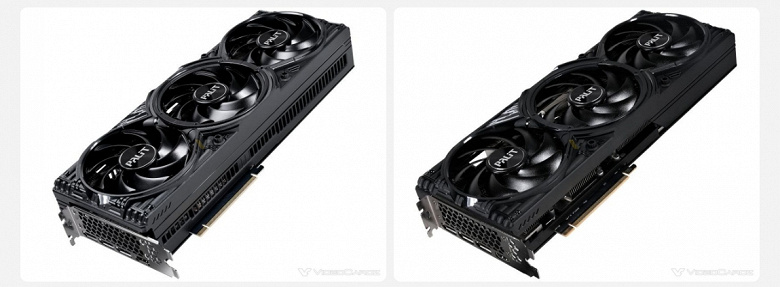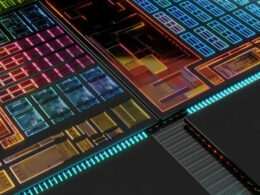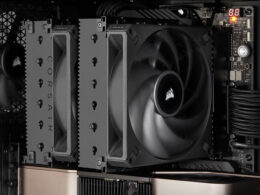A Controversy in the World of Graphics Cards
Chinese graphics card manufacturer Zephyr recently found itself in an unusual predicament. Some users have claimed that they received thinner versions of the GeForce RTX 5070 Ti Abyss Pro Max than advertised, sparking confusion and complaints. While Zephyr’s website lists the card’s thickness as 60 mm, several received cards measured only 50 mm, prompting reactions from both consumers and the company.

Photo Videocardz
Understanding Consumer Concerns
Although a thinner design might typically be seen as an advantage, in this case, the discrepancy raised eyebrows. Zephyr has issued apologies and assured users that both versions of the card share identical performance and noise levels, albeit the thinner variant runs slightly hotter by 5-7 degrees Celsius. They have also offered a return option for any discontented customers.
The Technical Backdrop
This situation unveils a broader issue within the tech industry: maintaining transparency and consistency in product specifications. In a market increasingly driven by miniaturization, expectations for product dimensions are significant. However, Zephyr’s cards, it turns out, are more than just their own; they are rebranded Palit adapters. This revelation sheds light on the possible misstep, as Palit had recently slimmed down its RTX 5070 Ti GamingPro models, which Zephyr may not have reflected on its site.

Photo Videocardz
Implications for the Market
This unfolding drama illustrates the importance of precise product information for maintaining consumer trust and competitive edge. As the industry continues to innovate towards more compact designs, staying ahead hinges on consistency in what companies promise versus what they deliver. It’s a lesson not just for Zephyr, but for all manufacturers navigating the delicate balance of specification and perception.





